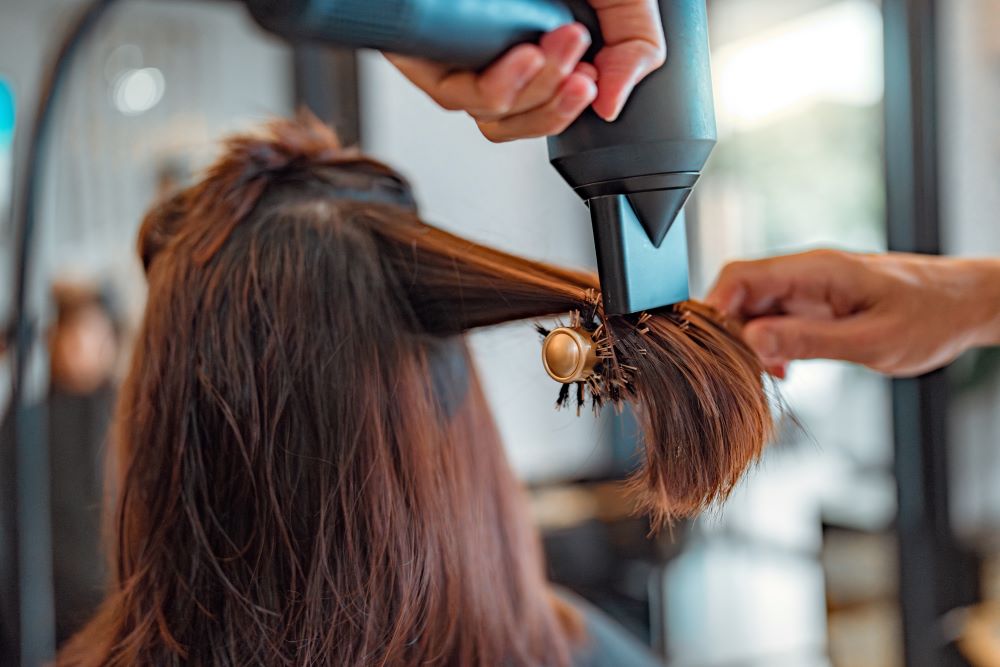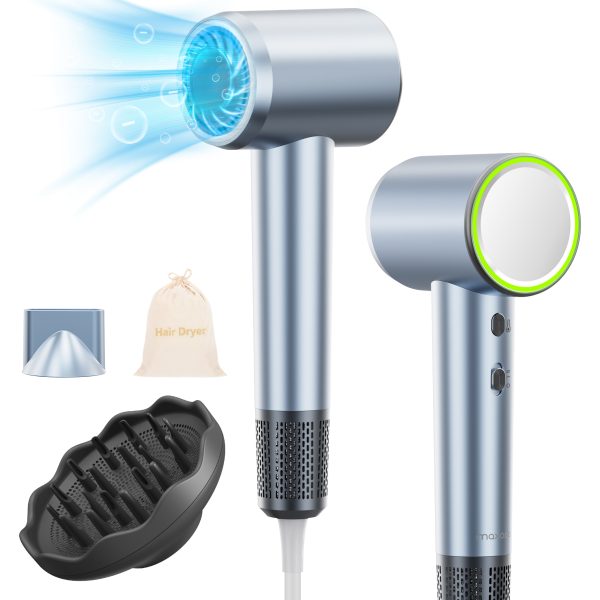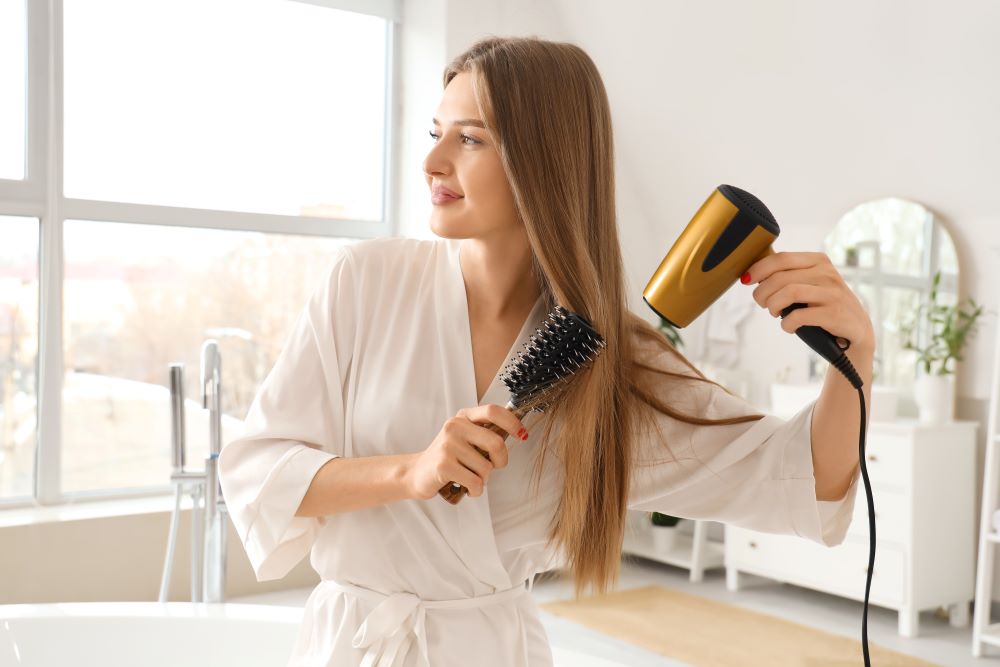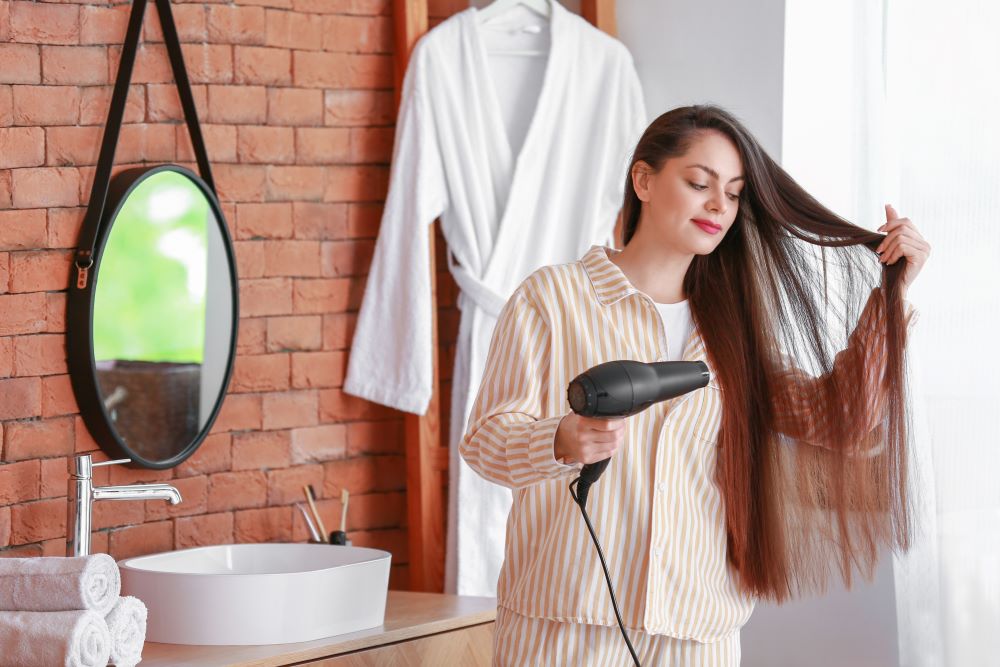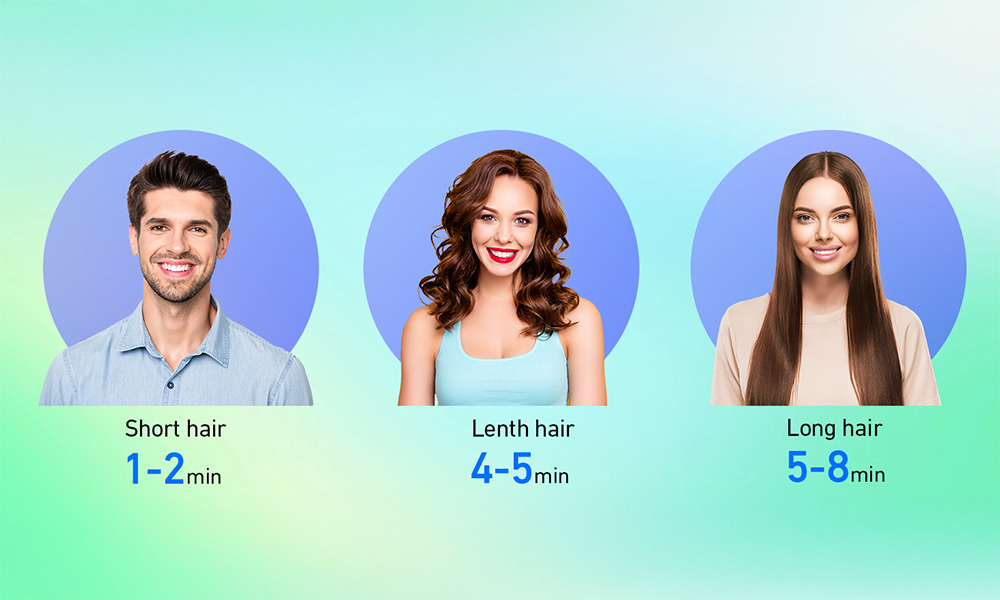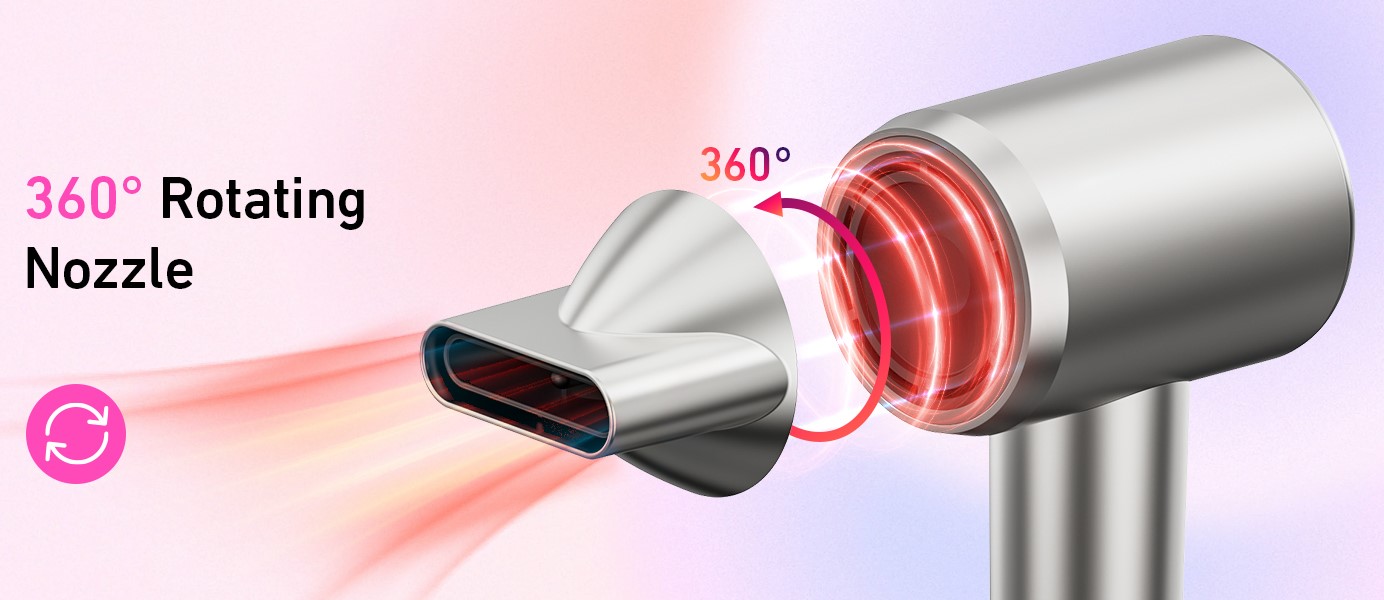
- Home
- Hair Dryer
- Hair Care Tips
- Blow Drying Tips for Healthier, Shinier Hair
Blow Drying Tips for Healthier, Shinier Hair
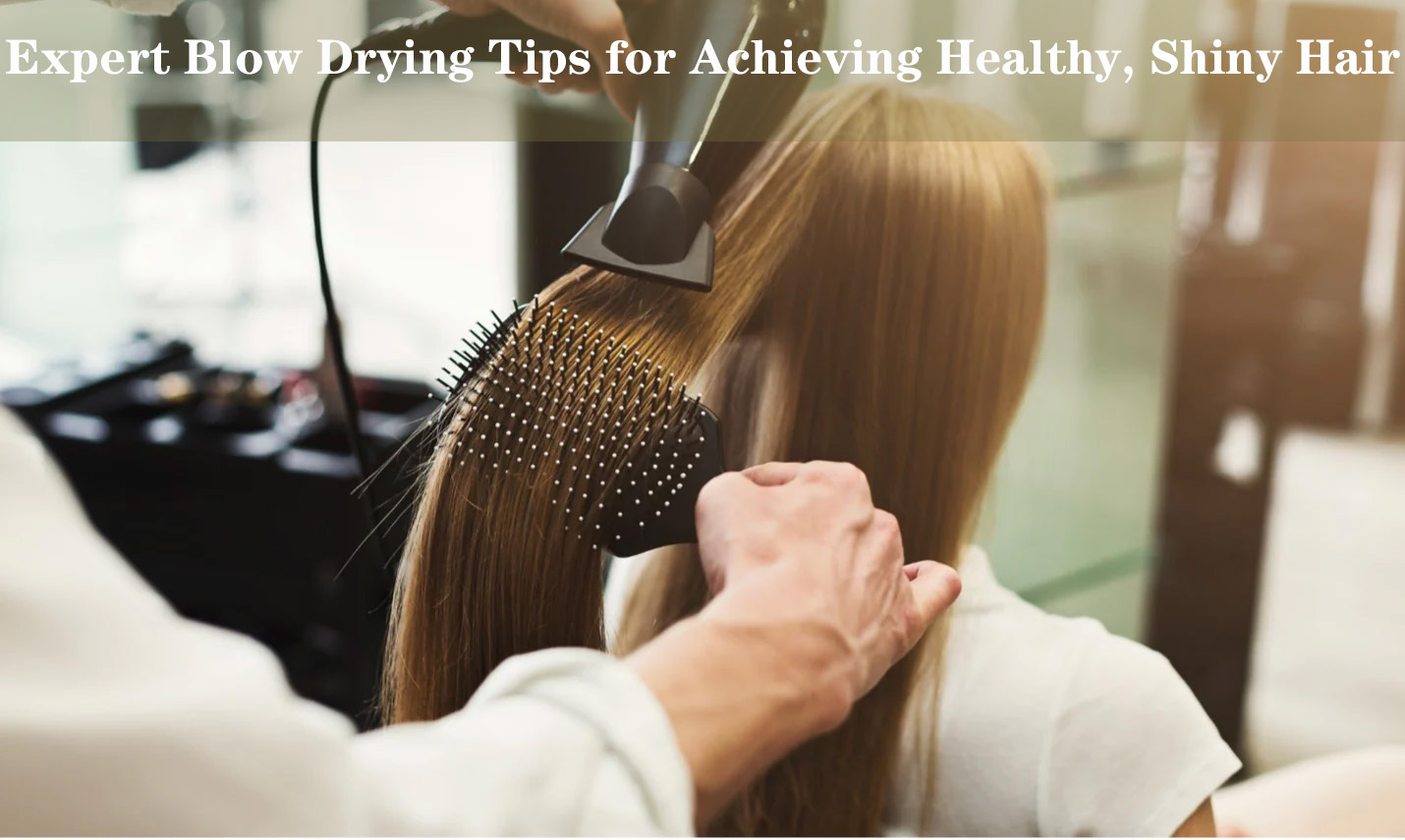
Blow drying is a part of many people’s daily hair care routines. However, improper blow-drying techniques or overuse of heat tools can leave hair looking dry, frizzy, and damaged. The key to achieving healthier, shinier hair through blow drying lies in mastering the right techniques, using appropriate tools, and applying protective products. In this comprehensive guide, we will cover various aspects of blow drying, from choosing the right hair dryer to specific techniques and hair care practices that ensure your hair stays smooth, shiny, and healthy.
1. Understanding How Blow Drying Affects Hair Health
Blow drying, when done correctly, can enhance the appearance and health of your hair. However, the process of drying your hair with heat can also have adverse effects if not done properly. The high temperatures can strip your hair of its natural moisture, leading to dryness and damage over time. This section will explore the effects of heat on hair and why controlling temperature and airflow is crucial.
Heat Damage: Prolonged exposure to high heat can cause the hair’s cuticle (outer layer) to crack, leading to breakage, split ends, and frizz. Over time, this can weaken the structure of your hair.
Moisture Retention: Blow drying improperly can rob your hair of its natural oils and moisture. This is especially important for those with fine or naturally curly hair, which tends to dry out more easily.
Frizz Control: When hair is exposed to high heat without proper protection, the cuticle lifts, allowing moisture to escape. This can lead to frizz, making hair look dull and lifeless.
2. Choosing the Right Hair Dryer: Features That Matter
Not all hair dryers are created equal. Selecting a hair dryer that suits your hair type and specific needs can make a significant difference in how your hair looks and feels after blow drying. Here’s what to look for in a high-quality hair dryer:
Ionic Technology: Ionic hair dryers emit negatively charged ions that break down water molecules, speeding up the drying process. This technology helps seal the hair cuticle, reducing frizz and leaving hair looking shinier. Ionic dryers are particularly beneficial for those with thick or frizzy hair.
Ceramic or Tourmaline Coating: Ceramic and tourmaline dryers distribute heat evenly and generate infrared heat, which dries hair gently from the inside out. This prevents hot spots and reduces the risk of overheating your hair.
Multiple Heat and Speed Settings: A good hair dryer will offer multiple heat and speed settings, allowing you to customize the drying experience based on your hair type and the style you’re aiming for. Fine hair requires less heat, while thick or coarse hair may need higher temperatures to dry effectively.
Cool Shot Button: The cool shot button is a must-have feature for setting your hairstyle. It helps to seal the hair cuticle after blow drying, locking in shine and smoothness.
Ergonomic Design and Lightweight: A lightweight, ergonomically designed dryer will be more comfortable to hold, especially if you’re blow-drying your hair frequently or for an extended time. This prevents arm fatigue and ensures a smooth blow-drying experience.
3. Prepping Your Hair Before Blow Drying
Proper hair care doesn’t start with the blow-drying process—it begins in the shower. The products you use and how you treat your hair before drying will greatly impact the final results. Here’s a step-by-step guide to preparing your hair for blow drying:
Shampoo and Condition with Care: Use a sulfate-free shampoo to cleanse your scalp and a moisturizing conditioner to replenish your hair’s moisture levels. For best results, use a conditioner that suits your hair type—fine hair benefits from a lightweight formula, while thick or curly hair needs something more hydrating.
Towel Drying: After washing, gently blot your hair with a microfiber towel to remove excess water. Avoid vigorous rubbing, which can cause friction and lead to breakage and frizz. The goal is to reduce the amount of time your hair spends under the blow dryer, as this limits heat exposure.
Detangle Gently: Use a wide-tooth comb or a detangling brush to remove any knots or tangles from your hair. Starting at the ends and working your way up will minimize breakage.
Apply a Heat Protectant: Before blow drying, always apply a heat protectant spray or cream to shield your hair from heat damage. Heat protectants create a barrier between your hair and the hot air, preventing moisture loss and keeping your hair smooth and shiny.
4. Blow Drying Techniques for Optimal Shine and Health
Once your hair is prepped, the way you blow-dry it makes a big difference in the final outcome. Here’s how to achieve the best results while protecting your hair:
Sectioning Your Hair: To make blow drying more manageable, divide your hair into sections using clips. Start from the bottom and work your way to the top, drying one section at a time. This ensures that you dry every part of your hair evenly.
Using the Right Brush: The type of brush you use while blow drying can enhance shine and reduce frizz. A round brush with natural bristles works well for creating smoothness and volume, while a paddle brush is ideal for straightening hair. The bristles should glide smoothly through the hair without causing snags or breakage.
Blow Drying Direction: Always blow dry in the direction of your hair growth—down the hair shaft. This helps the hair cuticle lie flat, resulting in smoother, shinier hair. Use the nozzle attachment on your dryer to concentrate airflow and prevent frizz.
Control Heat Settings: Begin with a medium heat setting and gradually increase if necessary. The goal is to avoid exposing your hair to excessive heat for long periods. Always finish with the cool shot to close the hair cuticle and lock in shine.
5. Post-Blow Dry Care for Long-Lasting Shine
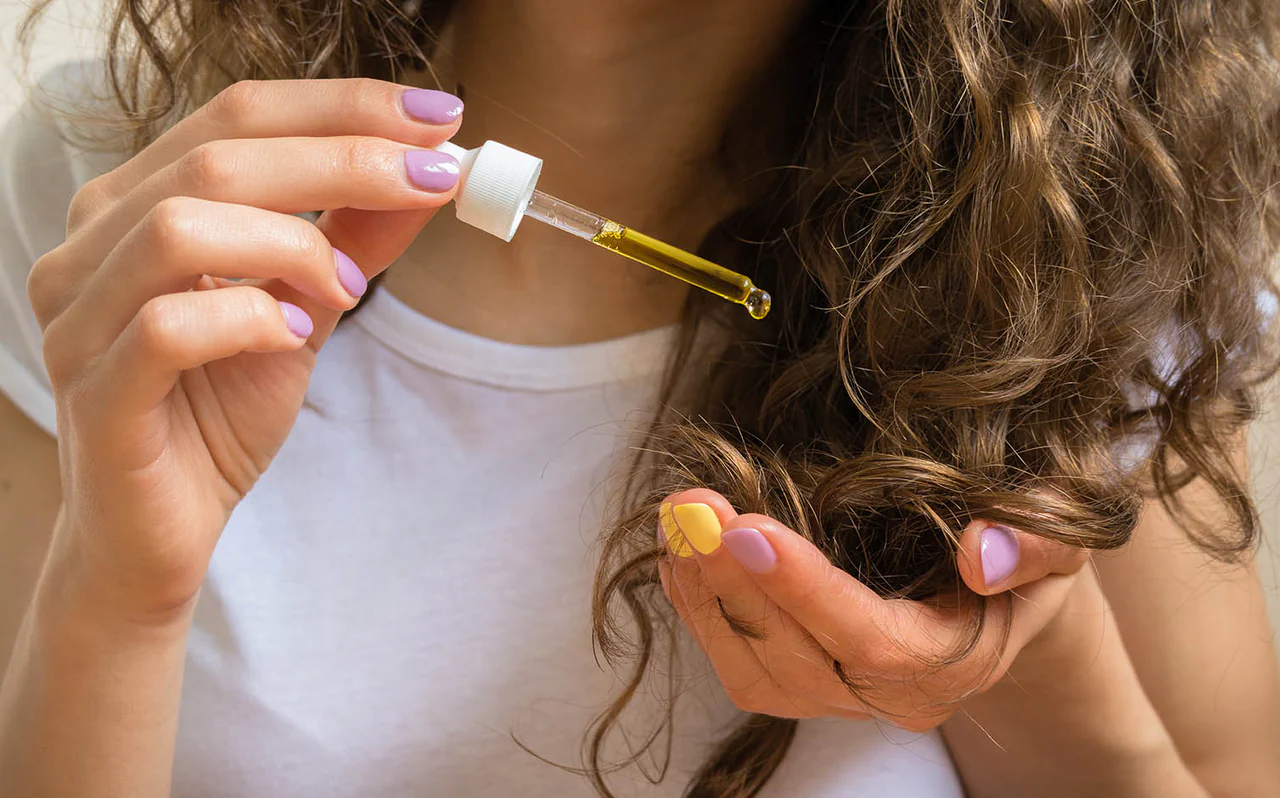
To keep your hair looking glossy and healthy long after you’ve finished blow drying, there are a few extra steps you can take:
Serums and Oils: Applying a lightweight hair serum or oil after blow drying can add extra shine and smoothness. Argan oil, jojoba oil, and silicone-based serums work well to seal the hair cuticle and create a polished finish.
Avoid Touching Your Hair: After blow drying, it’s tempting to touch or play with your hair. However, this can cause frizz and dullness, especially if your hands have oils or dirt on them.
Use Satin or Silk Pillowcases: If you blow dry your hair at night, sleeping on a satin or silk pillowcase helps reduce friction, keeping your hair smooth and shiny until the morning.
6. Hair Type-Specific Blow Drying Tips
Different hair types require different blow-drying techniques and care to achieve optimal results. Here are tailored tips for various hair types:
Fine Hair: For fine hair, use a lightweight blow dryer and avoid using too much heat. A volumizing mousse or spray applied to the roots before blow drying can help lift your hair and add body.
Curly Hair: Curly hair needs more moisture, so be sure to use a moisturizing conditioner and heat protectant. Use a diffuser attachment on your blow dryer to maintain curl definition while reducing frizz. Set the dryer on a low heat setting to prevent overheating your curls.
Thick or Coarse Hair: Thick or coarse hair requires more time to dry, so start with a medium heat setting and increase as needed. Sectioning your hair is crucial to ensure that every strand is dried evenly. A serum or oil will help tame frizz and add shine.
7. Common Blow-Drying Mistakes to Avoid
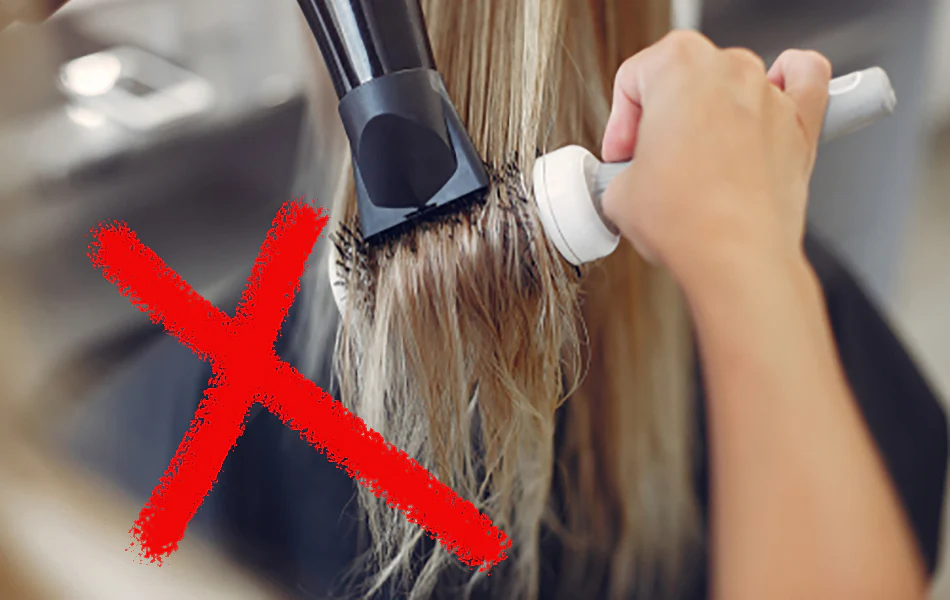
Even with the right tools and products, certain mistakes can still lead to less-than-perfect results. Avoid these common blow-drying pitfalls:
Not Using a Heat Protectant: Skipping heat protectant is one of the biggest mistakes you can make. Always apply it before exposing your hair to any heat tool.
Using the Wrong Heat Setting: Too much heat can damage your hair, while too little can prolong the drying process, exposing your hair to heat for longer than necessary.
Holding the Dryer Too Close: Keeping the dryer too close to your hair can cause localized heat damage. Hold the dryer at least 6-8 inches away from your hair for optimal results.
Skipping the Cool Shot: The cool shot feature on your dryer is essential for setting your style and sealing in shine. Always finish your blow-drying session with a blast of cool air.
8. The Benefits of Regular Blow Drying for Hair Health
When done correctly, blow drying can offer several benefits for the health and appearance of your hair:
Reduced Frizz: By sealing the hair cuticle, blow drying can minimize frizz and make your hair smoother and easier to manage.
Volume and Body: Blow drying adds volume to your hair, especially when combined with volumizing products and the right brushing techniques.
Improved Shine: Blow drying in the right direction with the right tools helps to flatten the hair cuticle, creating a smoother surface that reflects light, making your hair appear shinier.
Conclusion: Achieving Healthier, Shinier Hair Through Proper Blow Drying
Blow drying can be an essential part of your hair care routine, provided you take the necessary precautions and follow the right techniques. By choosing the right tools, prepping your hair properly, and mastering the art of blow drying, you can achieve healthier, shinier hair without compromising its integrity. Whether you have fine, curly, or thick hair, adapting your blow-drying routine to suit your specific needs will help you maintain beautiful, radiant locks.
Popular Post

Ultimate Guide to Using a Hair Dryer with Nozzle for Styling
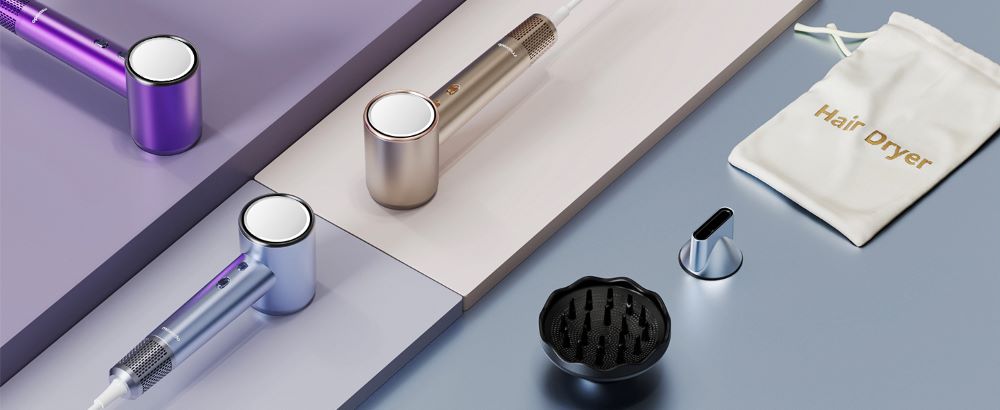
The Benefits of Using a Hair Dryer with a Diffuser
